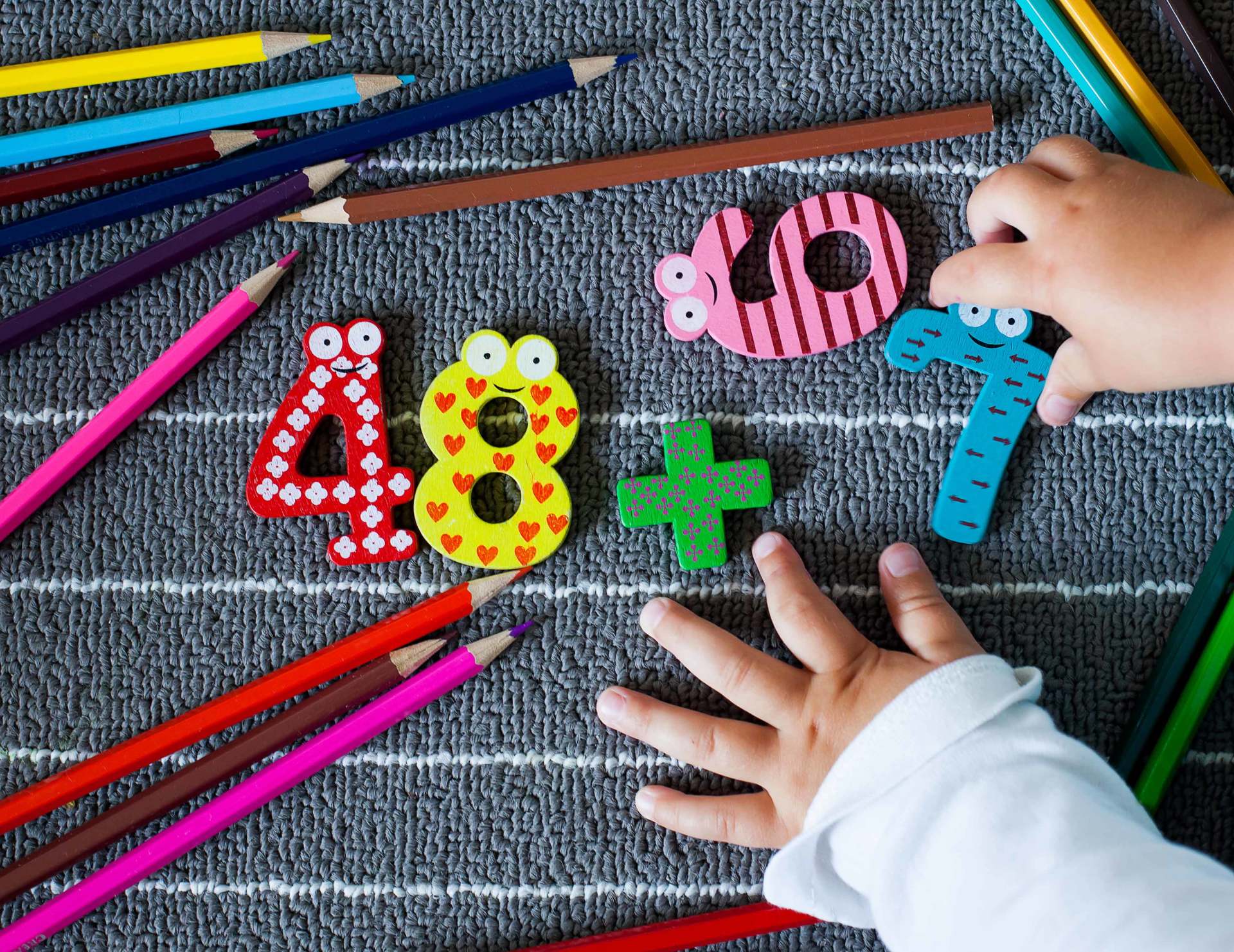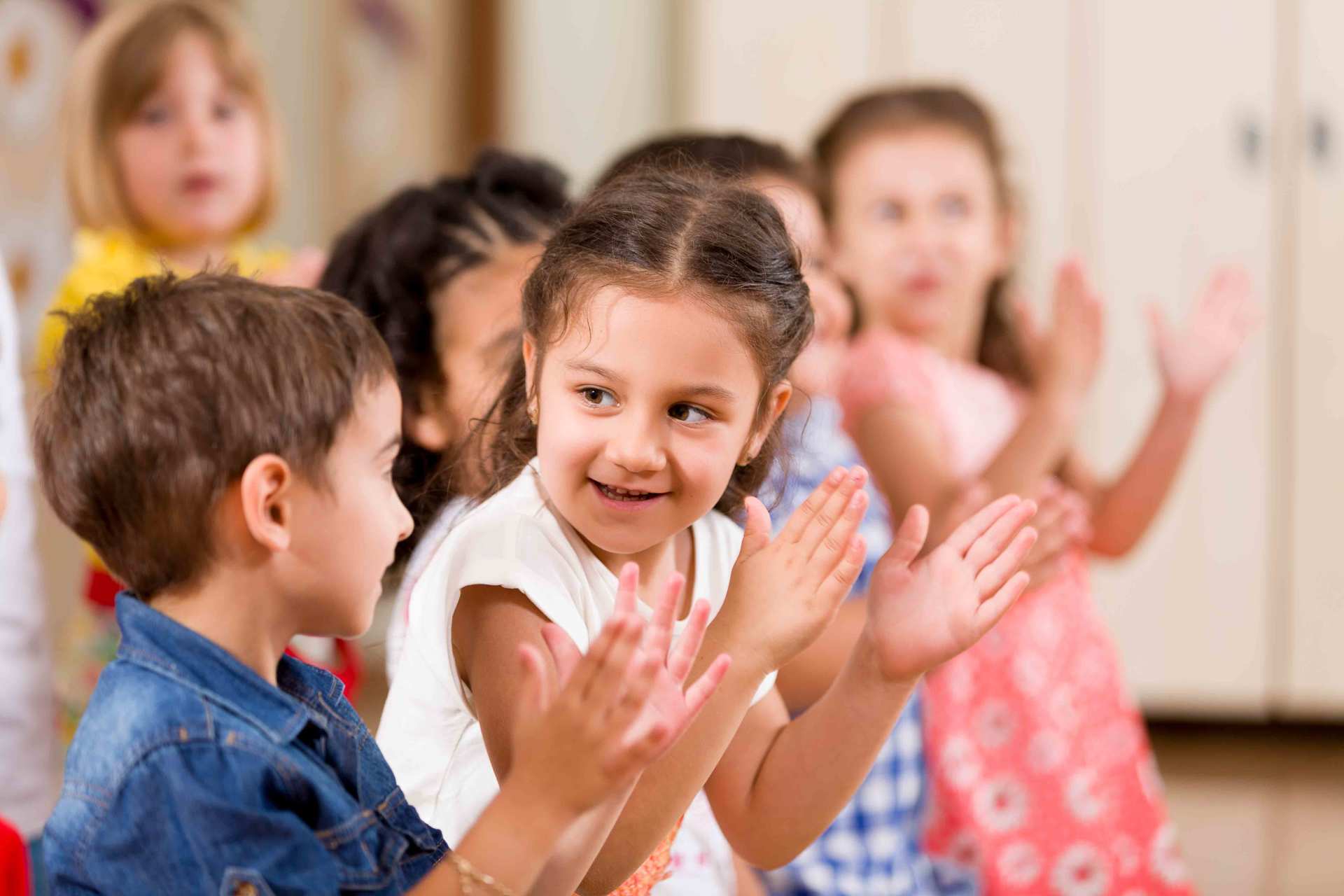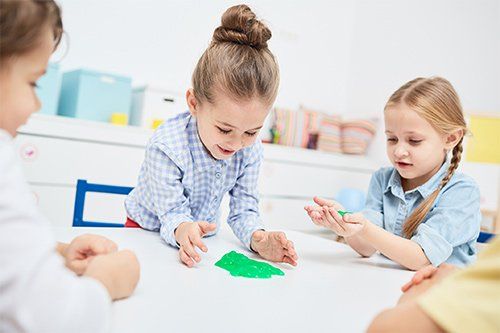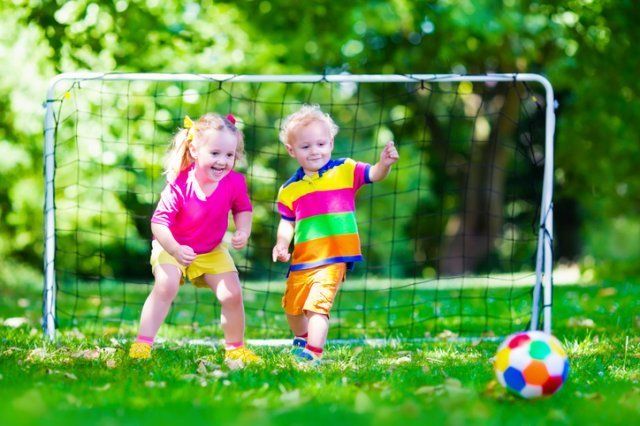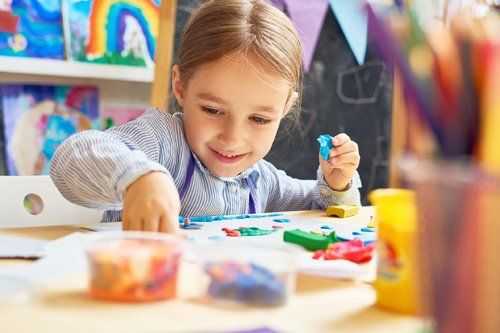How to Help Your Preschooler Prep for a New Sibling
- By Admin
- •
- 11 Feb, 2019
- •

Your preschooler is about to become a big brother or sister. Now what? Even though your child is excited about their soon-to-be new sibling, they may also feel anxious or even angry. Before the new baby arrives, take a look at the ways to prep your preschooler for the birth of your next child.
Get Help
You aren't alone. There are plenty of people (and professionals) available to help you through this potentially trying time. If you're not sure where to start, or your child is showing obvious signs of anxiety, enlist the help of:
- The teacher. Your child's early childhood educator has the expertise, education, and practical experience you need right now. Not only have they helped plenty of other parents and children through the new sibling adjustment, but they have specialized knowledge of child development.
- The administrator. Along with the preschool teacher, your child's daycare director or assistant director is also a valuable source of information. Child care center administrators typically have advanced degrees in a child development-related field and years of experience.
- The pediatrician. Your child's doctor can also provide you with expert insight. You may not even need to schedule an appointment to get advice. Call the office first to get tips or ideas of how to help your child.
- Other parents. The parents of your child's preschool classmates can provide practical insight - provided they've been through this situation before.
Never worry or feel shy about asking for help. Professionals and your parent-friends understand what you're going through and will do their best to make this transition easier.
Pretend Play
Ease this transitional time at home with pretend play. Pretend play isn't just a way for your child to express their creativity and learn about the basics of dramatic performing arts. It's also a way for young children to work out challenging issues.
How can you use pretend play at home to help your child prepare for a new sibling? These easy activities provide you with a place to start:
- Baby doll. Use a doll to represent a little brother or sister. Your child can practice holding the doll gently, giving the doll kisses, or watching you care for the doll.
- Stroller play. You don't need a real baby to show your child how you'll use the stroller. Put a stuffed animal or a blanket in baby's new stroller and go out for a walk.
- Chore play. How will your child help with the baby? Whether your baby will hand you clean diapers during a change or play a part in bath time, pretend play practice these activities every day.
You can also reverse the roles and ask your preschooler to play mommy or daddy. This allows your child to show you how they think your role (in terms of the attention they get) will change after the baby is here.
Get Artsy
Keep the artistic expression going with a hands-on drawing or painting activity. If your child has difficulty expressing their emotions with their words (which is common for preschoolers), try one of these ideas:
- Baby drawing. Give your child crayons or markers and paper. Ask them to draw what they imagine the baby will look like. Take this activity to the next level and ask your preschooler to draw a scene that shows how baby will change their everyday life.
- Portrait painting. Have your child paint a family portrait with the baby. Your child can show you how they think their life will change.
- Family diorama. Use a shoe box as a backdrop for a baby diorama. Your preschooler will use this 3D activity to create a scene that follows the baby's birth day.
Display your child's artwork, using it as a starting point for discussions. Invite your child to talk about what they made and why. This discussion will help them to open up about their hopes, dreams, and anxieties surrounding the birth of the new baby.
Are you looking for a quality preschool partner? Contact Rivera Children's Center for more information.
